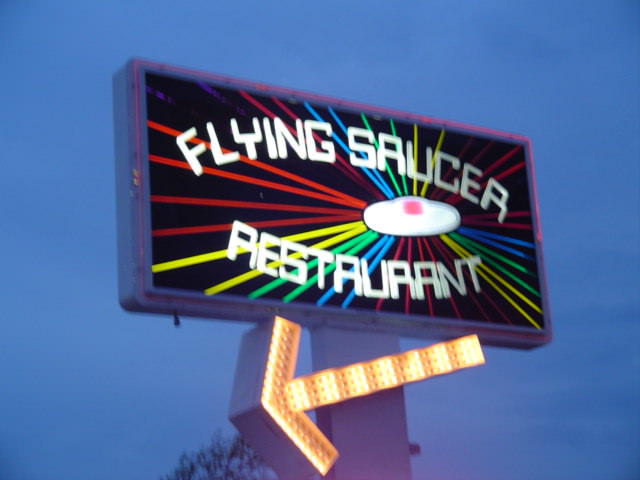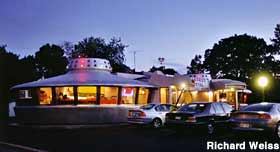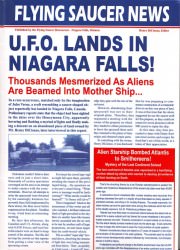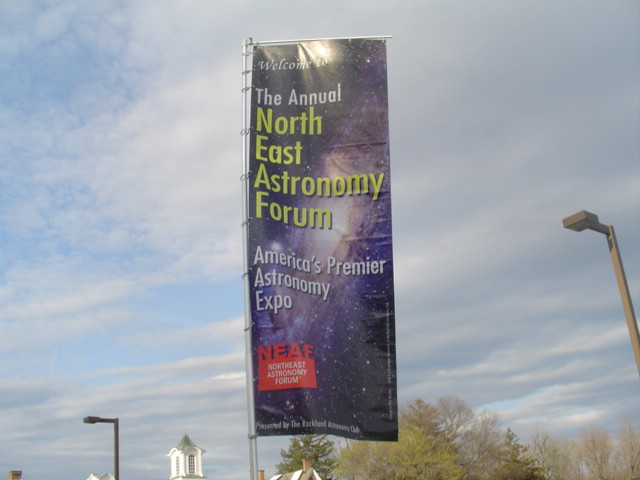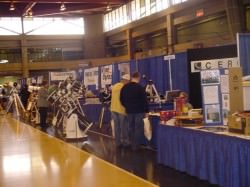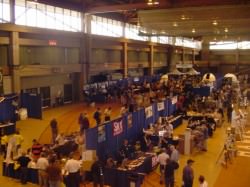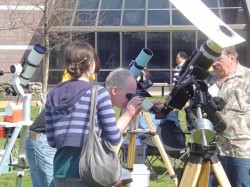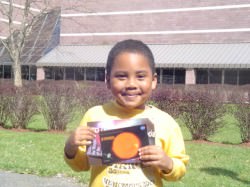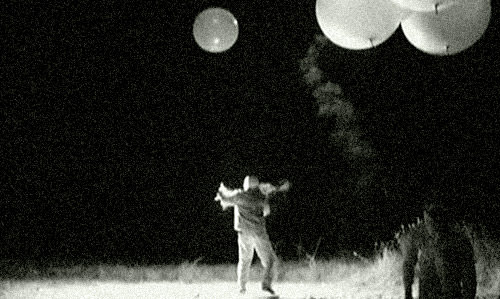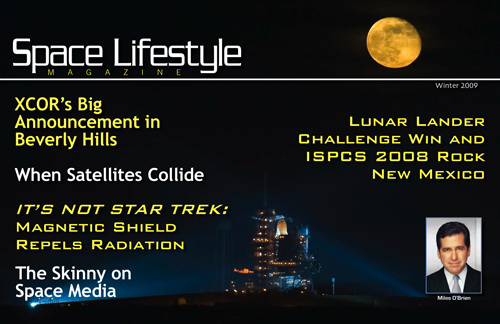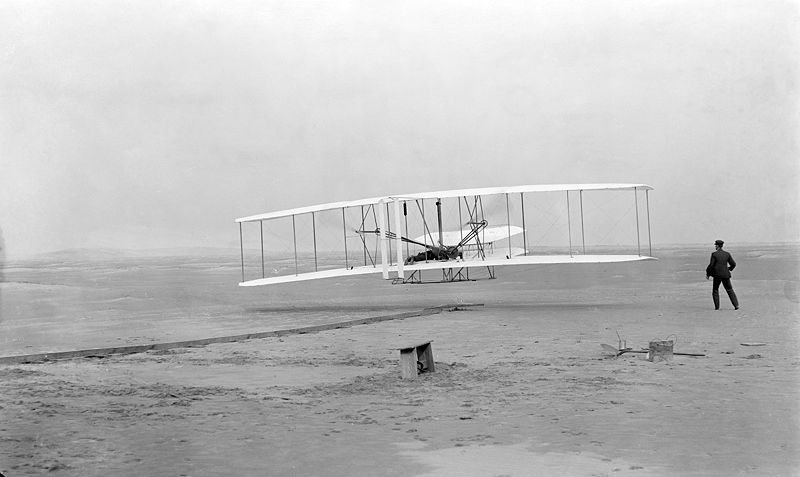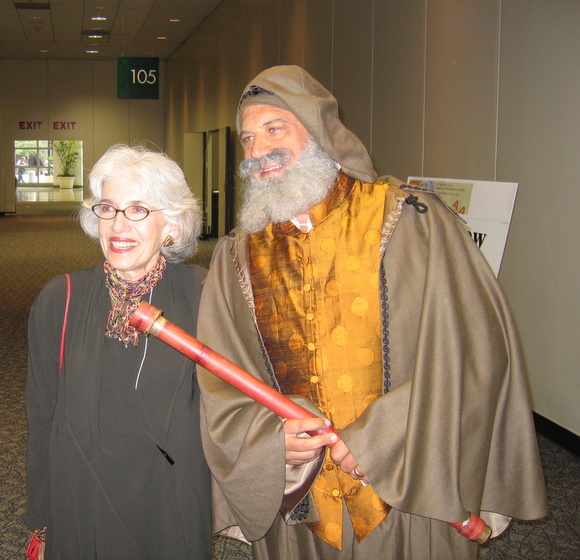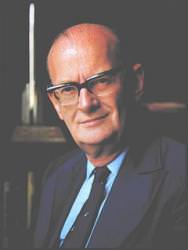Almost all of us take for granted that we can get to virtually any destination in the world by flying in an airplane. We routinely board an aircraft, grumble at the slightest delay, and complain when we don’t get any peanuts during the flight. But really, we should be amazed in wonderment as each airplane takes off and lands.
It’s almost a miracle: we can sit in a somewhat comfortable chair, sleep, read a book or watch a movie, and three hours later, we’ve flown across the country. And it all began 105 years ago. On December 17, 1903 the Wright brothers, Orville and Wilbur, made the first successful controlled, powered and sustained flight of an aircraft.
Orville flew for 12 seconds, covering 120 feet (36.5m), at a speed of only 6.8 mph from level ground into a cold headwind gusting to 27 miles (43 km) an hour. The flight was recorded in the famous photograph, above. Then, to prove it wasn’t a fluke, they flew two more times: Wilbur flew approximately 175 feet (53 m), and then Orville took the controls again and flew 200 feet (60 m).
Their altitude was about 10 ft above the ground. Although not the first to build and fly experimental aircraft, the Wright brothers were the first to invent aircraft controls – a three-axis control – that made it possible for a pilot to control the aircraft and made fixed wing flight possible.
Every year since 1963 the US Congress proclaims Dec. 17 as Wright Brother’s Day, and the US President signs the proclamation (read below). Here is Orville Wright’s account of the final flight of the day:
“Wilbur started the fourth and last flight at just about 12 o’clock. The first few hundred feet were up and down, as before, but by the time three hundred feet had been covered, the machine was under much better control. The course for the next four or five hundred feet had but little undulation. However, when out about eight hundred feet the machine began pitching again, and, in one of its darts downward, struck the ground. The distance over the ground was measured to be 852 feet (260 m); the time of the flight was 59 seconds. The frame supporting the front rudder was badly broken, but the main part of the machine was not injured at all. We estimated that the machine could be put in condition for flight again in about a day or two.”
The proclamation of Wright Brothers Day :
“Our history is rich with pioneers and innovators who used their God-given talents to improve our Nation and the world. On Wright Brothers Day, we commemorate two brothers, Orville and Wilbur Wright, who took great risks and ushered in a new era of travel and discovery.
With intrepid spirits and a passion for innovation, Orville and Wilbur Wright became the first to experience the thrill of manned, powered flight. On December 17, 1903, Orville Wright flew for 12 seconds over the North Carolina sand dunes in the presence of only five people. In the span of one lifetime, our Nation has seen aviation progress from the first tentative takeoff at Kitty Hawk to an age of supersonic flight and space exploration.
On this Wright Brothers Day, we recognize all those who have taken great risks and contributed to our country’s legacy of exploration and discovery. This year, we also celebrate the centennial of the world’s first passenger flight. By remaining dedicated to extending the frontiers of knowledge, we can ensure that the United States will continue to lead the world in science, innovation, and technology, and build a better future for generations to come.
The Congress, by a joint resolution approved December 17, 1963, as amended (77 Stat. 402; 36 U.S.C. 143), has designated December 17 of each year as “Wright Brothers Day” and has authorized and requested the President to issue annually a proclamation inviting the people of the United States to observe that day with appropriate ceremonies and activities.
NOW, THEREFORE, I, GEORGE W. BUSH, President of the United States of America, do hereby proclaim December 17, 2008, as Wright Brothers Day.
IN WITNESS WHEREOF, I have hereunto set my hand this sixteenth day of December, in the year of our Lord two thousand eight, and of the Independence of the United States of America the two hundred and thirty-third.
GEORGE W. BUSH “

